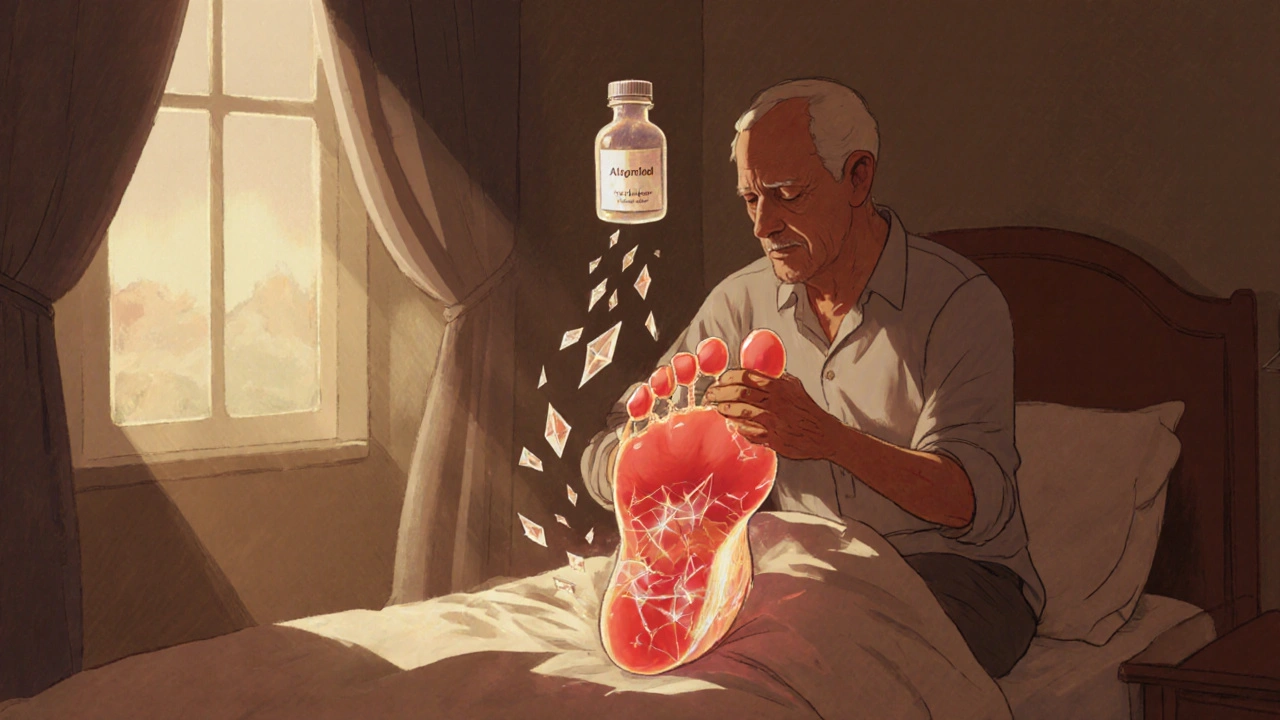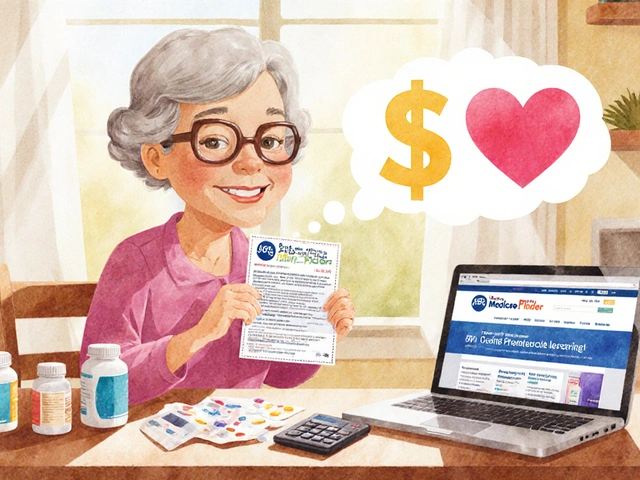
Gout Flare-Ups: Causes, Triggers, and How to Manage Them
When a gout flare-up, a sudden, severe attack of joint inflammation caused by uric acid crystals. Also known as acute gout, it hits fast—often overnight—and leaves behind swelling, redness, and pain so sharp it feels like your joint is on fire. This isn’t just bad luck. It’s your body’s reaction to too much uric acid building up in your blood. That acid turns into tiny, needle-like crystals that settle in your joints, especially the big toe, but also ankles, knees, and fingers.
What pushes uric acid levels too high? It’s not just beer and steak. While red meat, shellfish, and alcohol—especially beer and liquor—are big triggers, it’s also about how your body handles waste. Some people make too much uric acid. Others can’t flush it out well through their kidneys. That’s why uric acid, a natural waste product formed when the body breaks down purines matters more than what you eat alone. Even if you cut back on shrimp, you might still get flare-ups if your kidneys aren’t doing their job.
And here’s the catch: many people don’t realize how much gout diet, a dietary approach focused on reducing purine intake and managing hydration to lower uric acid levels affects their pain. It’s not about starving yourself. It’s about swapping out soda for water, skipping sugary snacks, and choosing low-fat dairy instead of fatty cuts of meat. Studies show people who make these shifts have fewer flare-ups—not because they’re perfect, but because they’re consistent.
Medications help too. But they’re not magic. Colchicine, NSAIDs, and allopurinol can stop pain or lower uric acid long-term, but they work best when paired with lifestyle changes. And if you’ve had one flare-up, you’re likely to have more. That’s why understanding your triggers—dehydration, stress, sudden weight loss, even certain meds like diuretics—is just as important as the pill you take.
You might think gout is just an older person’s problem, but it’s rising fast in younger adults, especially those with high blood pressure, diabetes, or obesity. It doesn’t care if you’re 30 or 70. If your body can’t handle the purines, it will find a joint to target. The good news? You have more control than you think. Tracking what you eat, how much you drink, and when pain hits can turn guesswork into a clear pattern.
Below, you’ll find real, practical advice from people who’ve been there—how to cut costs on meds, what foods actually help, how to spot early warning signs, and why some treatments work better than others. No fluff. No myths. Just what works.
-
31 Oct







